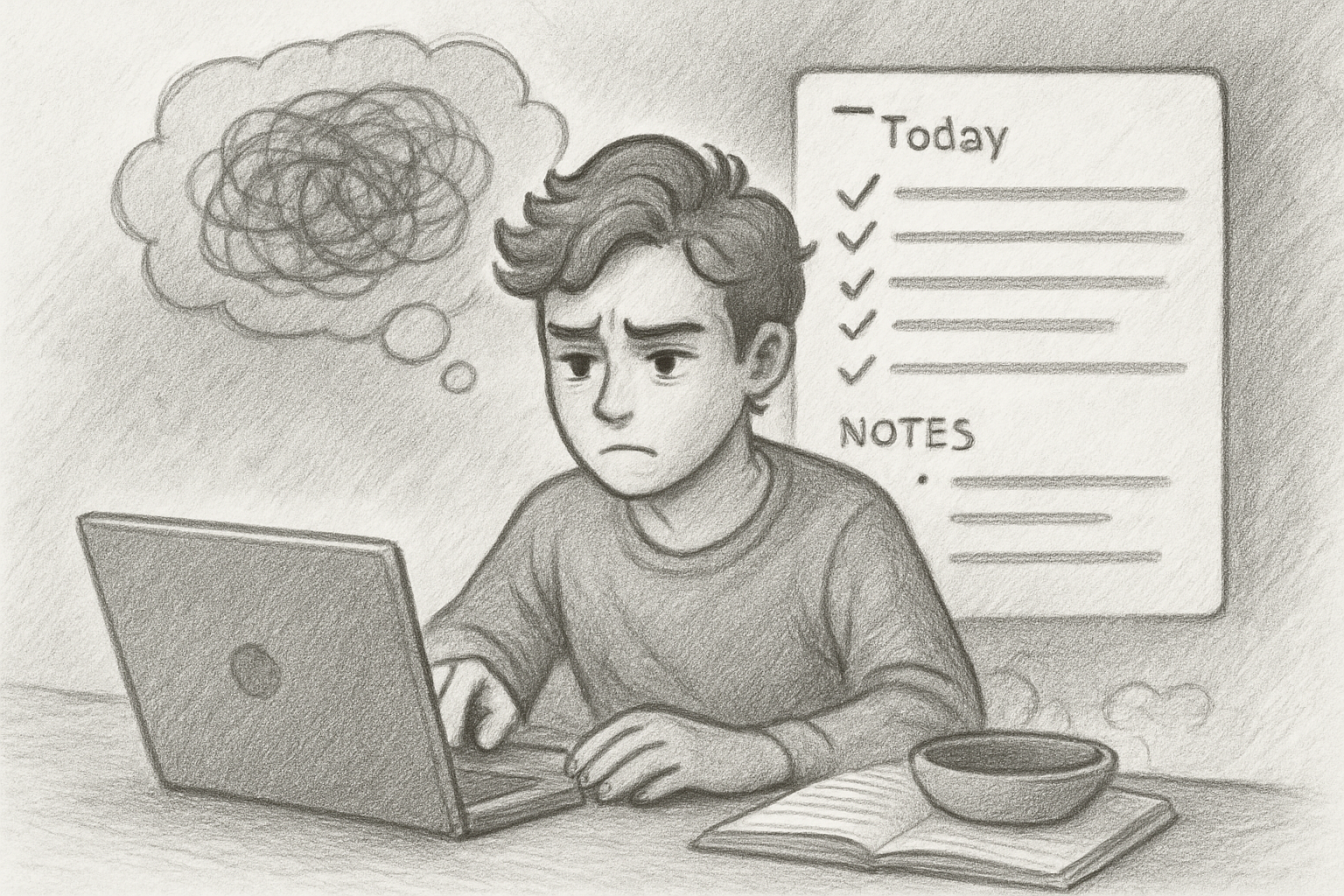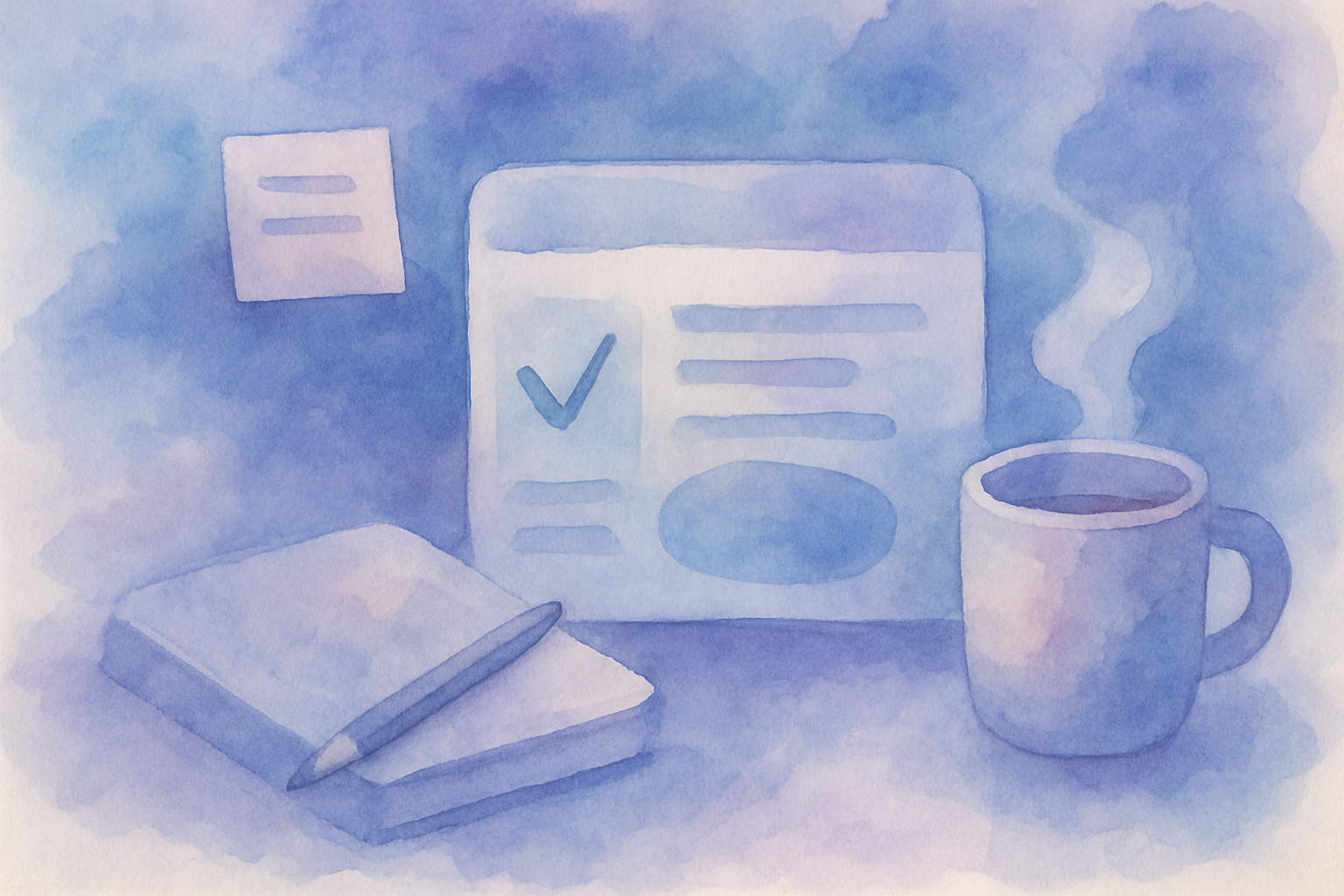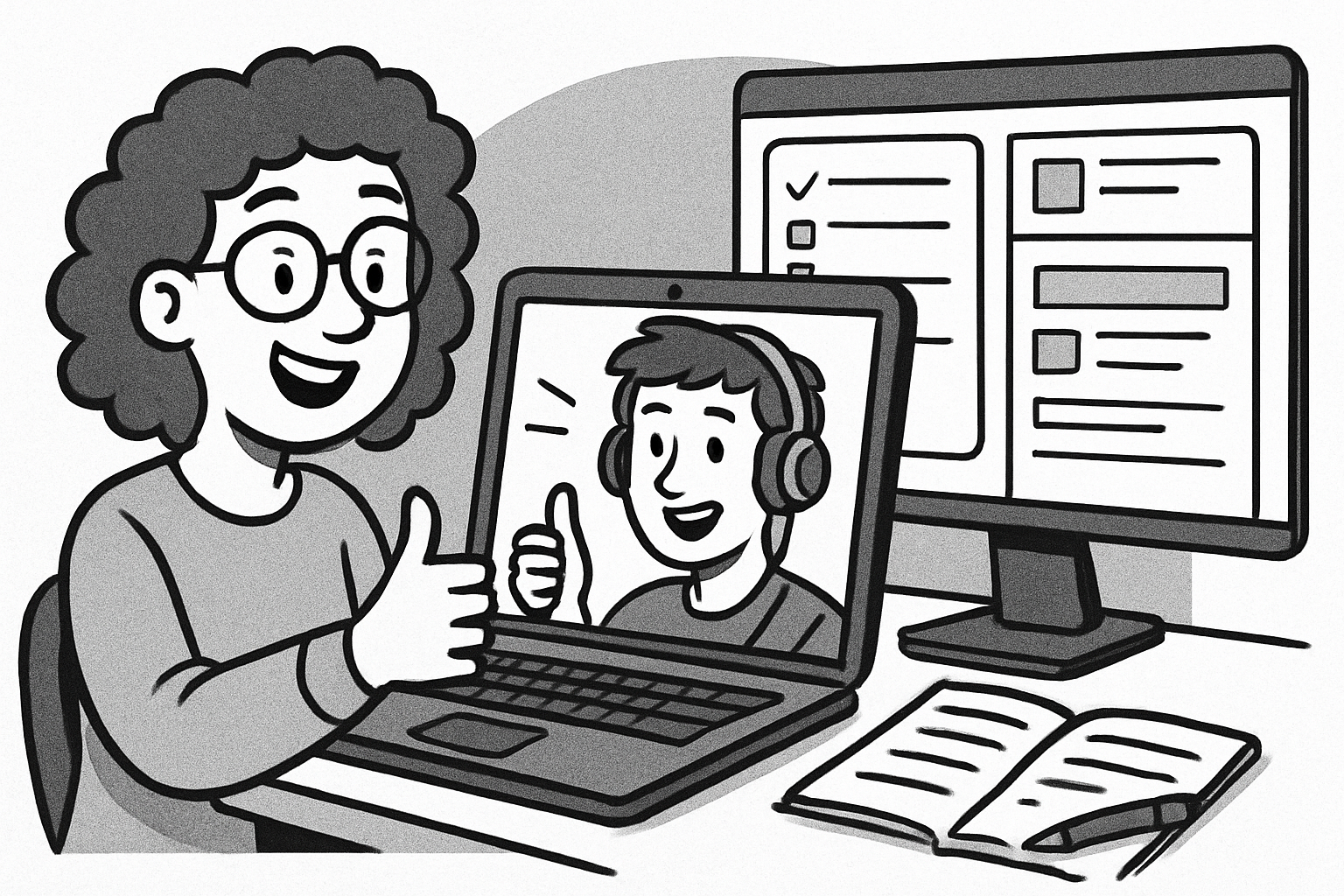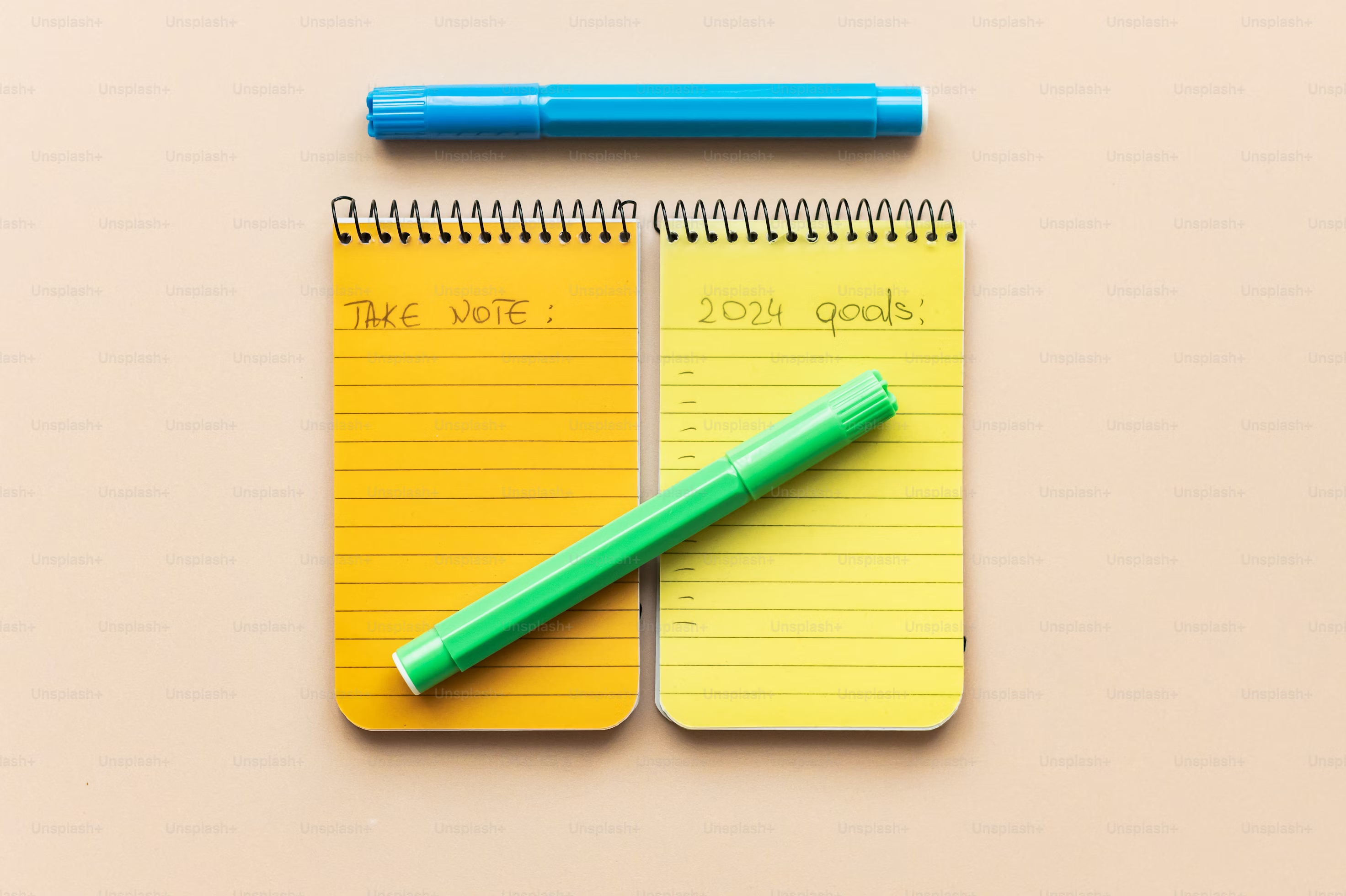7 Digital Strategies to Combat ADHD Procrastination
Discover 7 evidence-based digital strategies to combat ADHD procrastination. Learn how tools like Yaranga, task breakdown, and body doubling can help you manage executive dysfunction, capture ideas, prioritize tasks, and bring order to mental chaos.
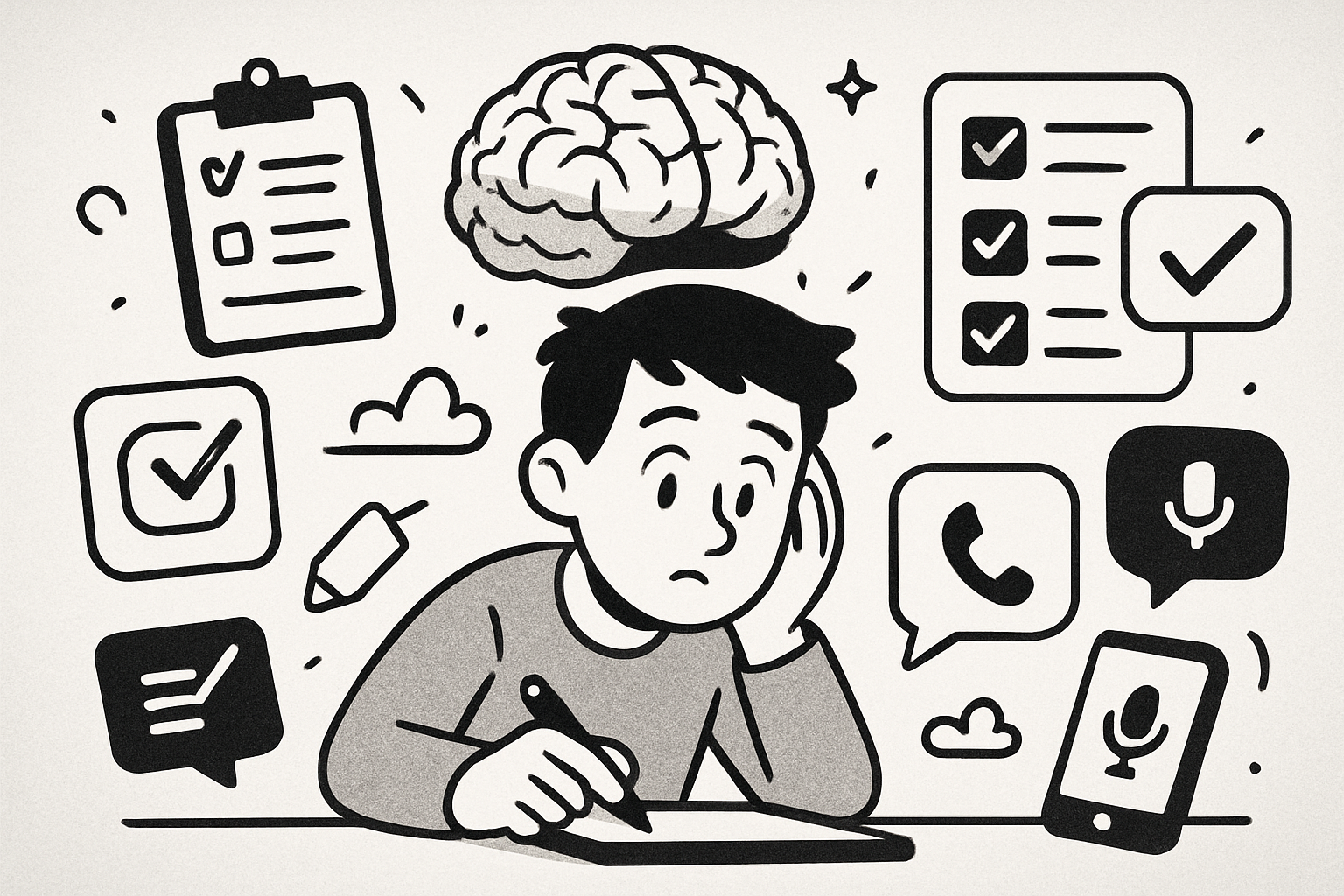
For individuals with ADHD, the constant battle with procrastination is more than just a bad habit—it's a symptom of underlying neurological challenges. Research from experts like Russell A. Barkley explains that this stems from executive dysfunction, which impacts task initiation, organization, and time management. This isn't a failure of willpower; it's a structural issue where a constant stream of scattered thoughts and cognitive overload make starting and finishing tasks incredibly difficult. The resulting avoidance is often compounded by a fear of not doing things perfectly.
The good news is that the right digital strategies can provide the essential external support needed to manage these challenges. As research in publications like The Lancet Psychiatry has shown, digital interventions can be highly effective for supporting executive function deficits. By offloading mental clutter to a reliable external system, you can significantly reduce cognitive load and build momentum. This article will explore seven essential digital strategies to break the procrastination cycle, highlighting how a comprehensive tool like Yaranga can serve as a powerful 'second brain' to help you capture, organize, and act on your thoughts with minimal friction.
1. Build a Digital 'Second Brain' to Offload Mental Clutter
The concept of a "second brain" is a game-changer for managing ADHD. It refers to an external, reliable digital system created to offload thoughts, ideas, tasks, and appointments. This frees up your brain's limited working memory, which is often overloaded in individuals with ADHD. Therapists often recommend Personal Knowledge Management (PKM) tools for this exact reason—they provide the external structure that helps manage ADHD symptoms.
This approach is crucial because it reduces mental clutter and provides a stable, trustworthy reference point. A wide range of digital tools can serve this purpose, from project management apps to focused to-do list managers. However, it's important to choose a tool that doesn't add to the overwhelm.
Yaranga is built on this principle, acting as a "digital desk drawer for ADHD minds." It provides a fast, frictionless space to unload thoughts and capture to-dos, bringing order to mental chaos before it slips away.
Yaranga is designed as a home for everything from grocery lists and doctor appointments to client follow-ups and messy link dumps. It's a personal tool built for real, overloaded lives—things that are too personal, fast, or messy for corporate note-taking or task platforms.
2. Use Frictionless Capture for Fleeting Thoughts & Tasks
For the ADHD brain, ideas and tasks can arise and disappear in an instant. If not captured immediately, they are often lost forever, leading to anxiety and a sense of being overwhelmed. A truly frictionless capture mechanism is therefore not a luxury; it is essential. For many, capturing a thought provides an immediate sense of relief—a small dopamine hit—without the friction of deciding where it should go.
This is where Yaranga's instant capture capabilities shine. As the trend toward AI-driven note-taking grows, Yaranga integrates this power directly into your daily workflow:
- One-Click Notes: Create a new note with a single click, which lands in a dedicated 'Inbox' to be sorted later. This removes the pressure of having to decide where something belongs in the moment.
- Instant Task Capture: Type tasks directly within your notes using simple syntax like
[ ]. Yaranga automatically extracts these items into task lists. - Powerful Voice Notes: Send voice notes via WhatsApp and Telegram, and they land in your Yaranga workspace with automatic transcription and AI tagging. This is perfect for capturing thoughts effortlessly when you can't stop to type.
- Email Integration: Forward important communications directly to
save@yaranga.net, and they are instantly converted into notes, ready to be processed.
This seamless integration means ideas that happen in conversation can be captured in real time, straight from where you chat, without any copy-pasting or app switching.
3. Break Down Tasks into Micro-Actions
A primary driver of procrastination for those with ADHD is the monumental feeling of a large task. Executive dysfunction can make it difficult to see the individual steps required, leading to paralysis. The goal is to transform a vague, intimidating goal like "write report" into a series of concrete micro-actions like "open document," "write first paragraph," or "find one statistic."
This approach lowers the barrier to entry and makes it easier to start. You can implement this strategy using several methods:
- SMART Goals: Structure tasks to be Specific, Measurable, Attainable, Relevant, and Time-bound, reducing overwhelm and clarifying expectations.
- Task-Breaking Tools: Utilize apps specifically designed for this purpose. For instance, Goblin.tools includes a "Magic ToDo" feature that automatically breaks down a large task into a checklist of smaller steps.
- Distraction-Free Environment: Create a "procrastination-proof" workspace by minimizing digital clutter with apps like Freedom, making it easier to focus on one micro-action at a time.
4. Leverage Intelligent Prioritization to Overcome Overwhelm
One of the biggest contributors to procrastination is "analysis paralysis." When every task feels equally urgent, it's hard to know where to start. This difficulty in effective prioritization often leads to focusing on easy but low-impact tasks, or simply avoiding the list altogether. To combat the "time blindness" common in ADHD, it's essential to use external systems that make priorities clear and tangible.
Yaranga addresses this with its Important-First Prioritization feature. Most tools encourage urgency, but Yaranga helps you prioritize what truly moves the needle:
- One-Click Prioritization: Mark any task as Important or Regular with a single click. There are no complex matrices or confusing labels to learn.
- Constant Visibility: Important tasks are automatically pinned to the top of every list—whether you're looking at your 'Today' view, 'Upcoming' tasks, or the task list within a specific project. This ensures your most critical items are always front and center.
This system fosters a sense of "Clarity = calm," allowing you to confidently tackle your day without constantly re-evaluating priorities.
5. Embrace Visual Organization & Contextual Clarity
For ADHD brains to maintain focus, information must be presented visually and with easily accessible context. Cluttered interfaces and disconnected information lead to cognitive overload and make it easy to get lost. In contrast, many popular productivity tools can become a "distraction trap" because their endless customization options encourage tinkering over doing.
The key is clarity without complexity. Yaranga is designed for clarity with several organizational strengths:
- Project View: Group related notes and tasks into projects that offer a clear, visual layout. Click on a project folder to see all related notes and tasks grouped together.
- Today & Calendar: The 'Today' view displays all of your tasks alongside your Google Calendar events. Crucially, every task links back to its original note, so context is never lost.
- Flexible Hashtags: Use hashtags like
#followupor#ideasfor a frictionless, non-hierarchical way to organize, with color-coded labels for at-a-glance recognition. - Smart Navigation: Yaranga remembers your last opened note, helping you stay in your workflow instead of getting lost hunting through folders.
6. Create a Unified Workflow with Seamless Integration
Juggling separate apps for email, messaging, calendars, and notes is a recipe for disaster for an ADHD brain. This fragmentation leads to constant context switching, which drains mental energy and causes vital information to fall through the cracks. Recent studies in the Journal of Attention Disorders confirm this, highlighting how integrated digital workspaces improve daily functioning by reducing decision fatigue.
Yaranga's core mission is to turn the personal chaos of thoughts and scattered notes into a system without any effort.
Yaranga's Integration with Daily Content Flows directly solves this problem. Ideas often happen in conversation, and Yaranga allows you to capture them in real time from the platforms you already use. Incoming messages, voice notes, and reminders from WhatsApp, Telegram, and email flow directly into your Yaranga workspace without any copy-pasting. This seamless integration means you spend less time managing your tools and more time engaged in your work, all while your Google Calendar events sit alongside your tasks and notes, providing a complete picture of your day in one place.
7. Explore Gamification and Body Doubling
Sometimes, traditional productivity methods aren't enough. Two emerging strategies that are particularly effective for ADHD brains are gamification and body doubling.
- Gamification of Tasks: This strategy turns mundane tasks into a game by adding rewards and visual progress indicators, which can provide the dopamine boost needed for motivation. Apps like Focus Noodles gamify focus sessions by rewarding users with virtual ramen recipes after completing a set period of work, making concentration more engaging.
- Body Doubling: This technique involves working alongside another person—either physically or virtually—to increase focus and accountability. Research shows that the silent presence of a 'body double' acts as a gentle anchor, reducing distractions and helping with task initiation. It has proven so effective that some studies suggest it could be a viable alternative to traditional medications. With the rise of remote work, virtual body doubling sessions and even AI-powered body doubling tools are becoming increasingly popular.
These strategies leverage external motivators and social presence to help overcome the internal barriers of executive dysfunction, offering creative new ways to tackle procrastination.
Yaranga is your best FREE AI note taking app
Start now free!Conclusion
ADHD procrastination is a formidable challenge, but it can be effectively managed by adopting digital strategies that work with your brain's natural wiring, not against it. By implementing a digital "second brain," breaking down tasks, leveraging smart prioritization, and exploring novel techniques like body doubling, you create an external system of support that reduces mental clutter, captures fleeting thoughts, clarifies priorities, and unifies your workflow.
Yaranga is designed from the ground up to be this system. It enables frictionless capture from your daily communication channels, offers intelligent one-click prioritization, provides clear visual organization, and integrates seamlessly to keep your context intact. It helps turn the chaos of scattered notes and endless to-do lists into a calm, actionable system.
Explore all of Yaranga's ADHD-friendly features and see how it can bring calm to your chaos by visiting Yaranga.net. For more strategies and insights on productivity for busy minds, be sure to check out the Yaranga Blog.
